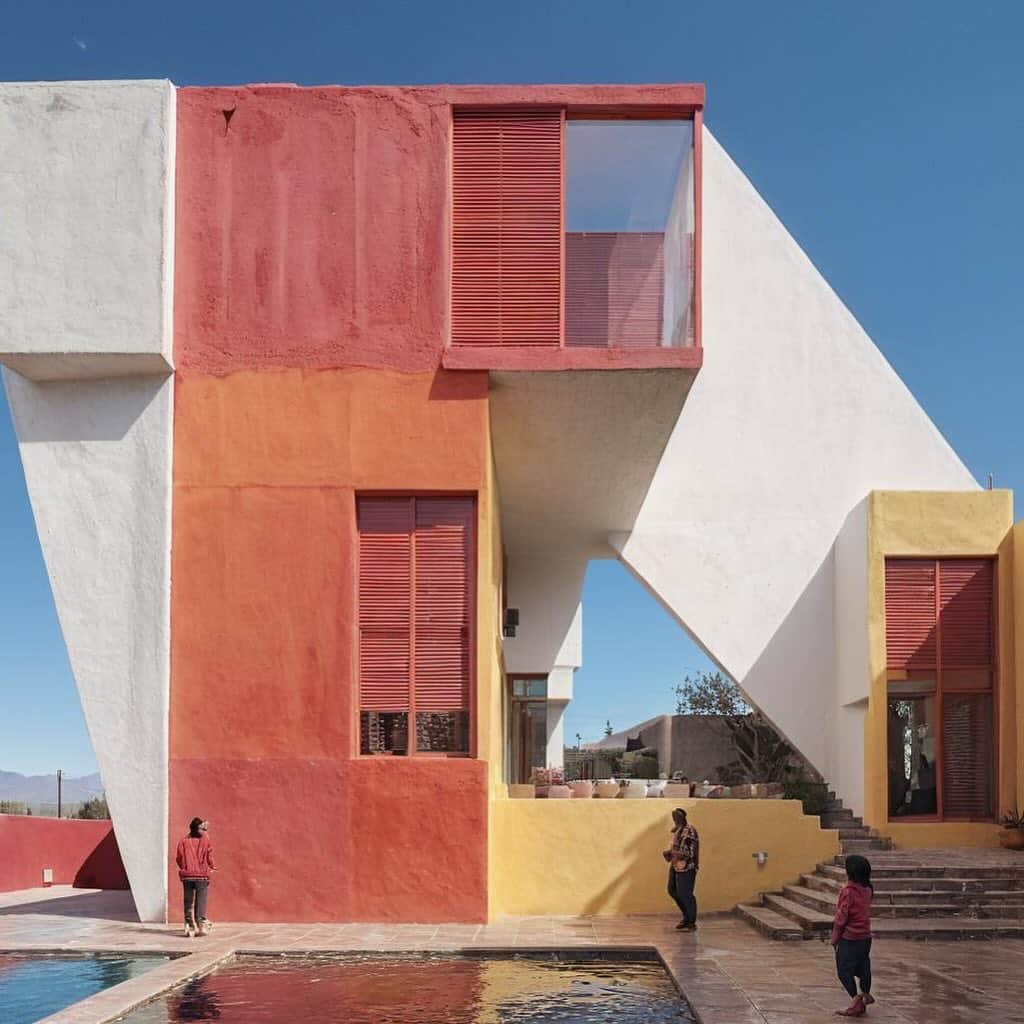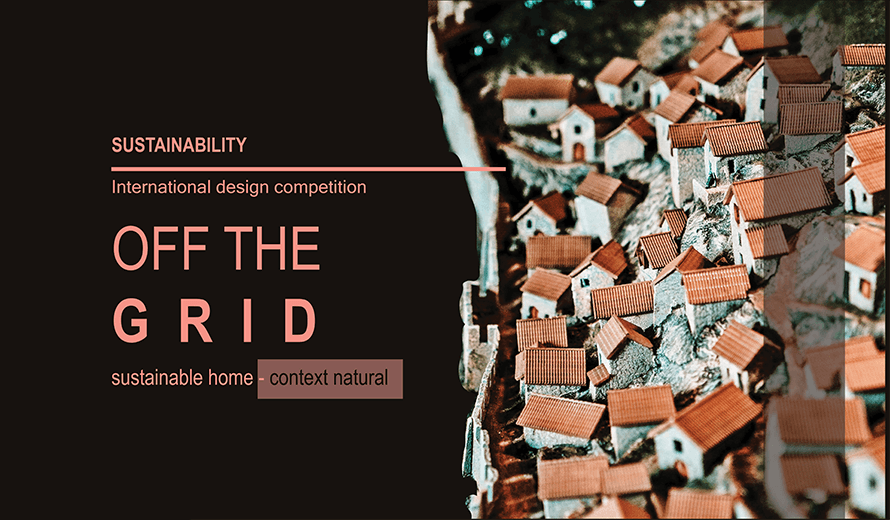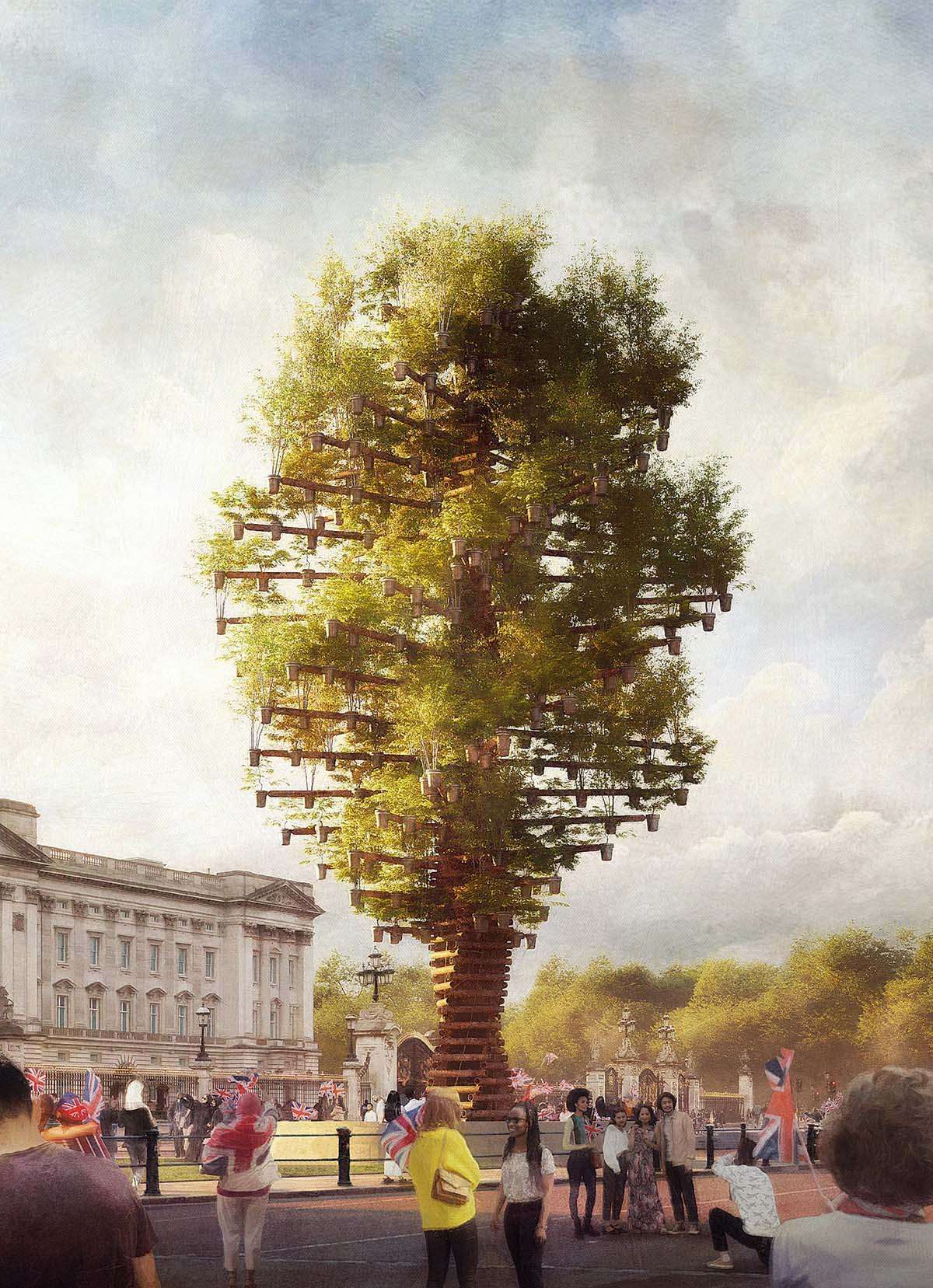Sustainable Architecture in La Mancha: Merging Nature with Modern Design
This article explores the innovative use of natural materials such as straw and clay, combined with modern elements like frameless glass, to create sustainable architectural designs that harmonize with the natural landscape of La Mancha, Spain. We will discuss the benefits of these eco-friendly materials, their environmental impact, and how they contribute to modern architecture. Additionally, we’ll examine the challenges of implementing such designs and their potential to shape the future of sustainable building practices globally.



1. The Importance of Sustainable Materials in Architecture
In a world facing increasing environmental challenges, there is a growing need for sustainable alternatives to traditional building materials. Straw and clay are two examples of natural resources that are abundant, renewable, and environmentally friendly 5.
- Straw : Known for its lightweight properties and excellent thermal insulation, straw reduces energy consumption by minimizing heating and cooling needs.
- Clay : Offers durability and resistance to heat and humidity, making it ideal for maintaining stable indoor temperatures.
Frameless glass complements these materials by allowing natural light to flood interior spaces, reducing reliance on artificial lighting. This combination showcases an innovative approach to blending simplicity with modernity.
2. Environmental Benefits of Sustainable Design
Using locally sourced materials like straw and clay significantly reduces the carbon footprint of buildings. Reports indicate that substituting conventional materials with natural ones can cut CO2 emissions by up to 30% 7.
| Material | Carbon Emission Reduction | Environmental Benefit |
|---|---|---|
| Straw | 25% | Recyclable and renewable |
| Clay | 30% | Heat and humidity resistant |
Moreover, these materials support local biodiversity by minimizing resource exploitation and promoting ecological balance.



3. Integrating Architecture with Nature
La Mancha’s stunning natural scenery provides an ideal backdrop for experimenting with sustainable design. Buildings that incorporate these materials blend seamlessly into their surroundings, offering residents a unique living experience that connects them with nature 1.
For instance:
- Frameless glass creates unobstructed views of the landscape, enhancing the feeling of being part of the environment.
- Straw and clay give structures a natural appearance that matches local colors and textures.
This integration fosters a deeper appreciation for the region’s natural beauty while promoting sustainable living practices.
4. Challenges and Solutions in Sustainable Design
Despite their many advantages, using natural materials comes with certain challenges. Key issues include:
- Weather Resistance : Materials like straw may degrade under harsh weather conditions. Advanced protective coatings can address this concern.
- Initial Costs : While raw materials are affordable, implementing sustainable designs often requires higher upfront investment.
| Challenge | Proposed Solution |
|---|---|
| Weather Resistance | Use durable protective coatings |
| High Initial Costs | Government incentives for sustainability |
Addressing these challenges ensures long-term viability and wider adoption of sustainable architecture.



5. The Future of Sustainable Architecture
The experiments conducted in La Mancha demonstrate that sustainable architecture is not just a fleeting trend but a forward-thinking approach that could revolutionize the construction industry. By focusing on local materials, innovative design techniques, and environmental preservation, we can achieve a balance between human development and planetary health.
Frequently Asked Questions (FAQ)
1. What materials are used in these designs?
Straw, clay, and frameless glass are the primary materials.
2. Why are these materials considered sustainable?
They are natural, renewable, and reduce carbon emissions compared to conventional materials.
3. Are these designs suitable for urban areas?
Yes, they can be adapted for urban settings with consideration for local conditions.
4. What are the main challenges of these designs?
High initial costs and vulnerability to extreme weather are the primary concerns.

Summary Table
| Key Point | Description | Benefit |
|---|---|---|
| Sustainable Materials | Straw, clay, frameless glass | Reduces carbon footprint |
| Integration with Nature | Designs blend with the natural landscape | Enhances connection to nature |
| Challenges | Cost and weather resistance | Solutions include coatings and incentives |
| Future Potential | Balancing development and environmental care | Supports global sustainability |
By exploring these aspects, we’ve highlighted how sustainable materials can transform architecture, addressing both environmental and practical considerations. This approach represents a significant step toward a more sustainable and creative future in building design.







